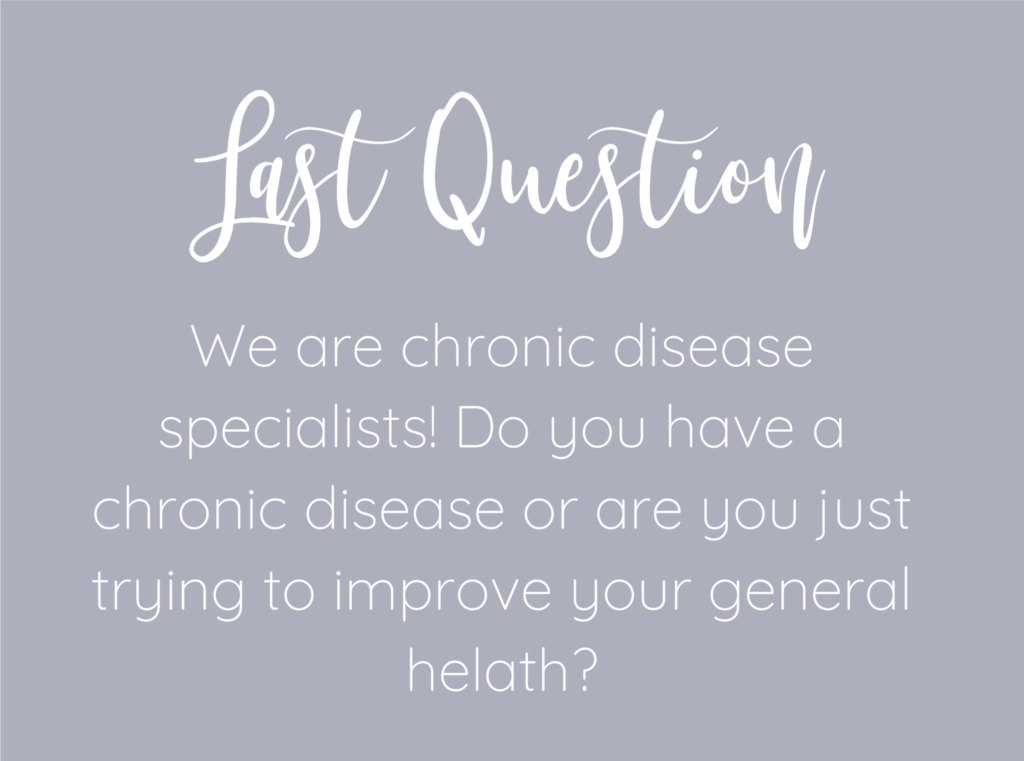Most people reading this will have, at some stage in their life, experienced a weight loss plateau. It’s incredibly frustrating to be doing all the right things and not seeing the scales budge. Trust me, I’ve been there, in fact very recently!
So a little background info – I recently signed up with Carbon as I want an alternative to My Fitness Pal for my clients. I figured I’d do a short fat loss phase, followed by a reverse diet. I’ve never really tracked calories so I though it would be fun to do some tracking and play around with the app.
In terms of weight loss, I only wanted to lose about 6kgs. I gained some weight during my ACL injury and then during the whiplash injury and then during COVID lockdowns (fun times). I’m only a little person so any weight gain looks significant on me and annoyingly, will put me up a pant size faster than you can say cupcake.
So with my target weight being 59kg and my starting weight being 65.6kg, off I went. First set of calories were a little under 1600. No worries mate, can do. After making it into the low 64’s I decided I wanted a more aggressive cut and dropped my cals to 1350. Good times ahead. Anyway, long story short, I had 3 weeks at 1350 and was not compliant any of the weeks (although not too far away generally speaking) but my weight loss completely stalled.
So after 3 weeks, I was over it. I wasn’t being compliant and I was sick of not being able to eat red liquorice 😉 So I stopped and went into a reverse. My new calories were 2051 and off I went again.
And a “funny” thing happened this week – my weight moved again. Finally I’m back in the 63’s yew! I had to laugh when I hopped on the scales this morning – the human body is so awesome and it still makes me laugh from time to time. So this week I had a weight loss of 0.6kg, which is perfect. And I ate red liquorice, mint leaves, potato, bread, cookies and all my other good food. I was never hungry or felt like I was missing out.
So how does this happen? How did I lose weight after lifting my calories by 700 per day? Well there are few things happening that allow for this, so keep reading 😉
First of all I need to very briefly explain energy expenditure (i.e. how we burn calories each day) and this is done in three major ways:
- Basal metabolic rate (i.e. the energy needed to keep all of our cells going), which accounts for ~60-70% of our total energy needs.
- The energy cost of physical activity (including both NEAT and structured exercise), which accounts for about ~20-30% (depending on the activity levels of the person).
- Thermic effect of food (TEF), which is the energy cost associated with digesting and assimilating the nutrients and energy from food. This only accounts for ~10% of our total daily energy needs.
What’s also important to add here is that energy in (calories in) and energy out (calories out) are NOT independent variables. What I mean by this is that when you restrict your energy in, your body will restrict energy out. And it does this in a number of ways:
1. Reduction in NEAT
Non-exercise activity thermogenesis or NEAT, is the activity you do that is not structured/planned and includes things like fidgeting, standing, walking, gardening etc. When you overly restrict calories, you tend to stop doing so much NEAT.
2. Quality of workouts diminishes
The other component to our activity energy expenditure is our structured exercise. When your calories are heavily restricted, your workouts start to suffer. Often both your volume and intensity of the workout reduces.
3. Hormonal adaptations
Depending on how severe the energy restriction is, the critical energy availability threshold (CEAT) can be exceeded inducing hormonal adaptions. The CEAT is more likely to be an issue for women (due to their role in producing babies) but it is ~20-30kcal/kg LBM. When energy levels drop below this, menstrual cycle disruption occurs (in part due to a change in LH pulsatility), cortisol levels rise causing oedema, reverse T3 rises causing a slowing of metabolic pace and losses of lean body mass can occur, also causing negative adaptations to metabolism.
And the fun doesn’t stop there…
Bingeing behaviours are more likely to occur during severe calorie restriction. The restriction leads to significant overeating, which cancels the calorie deficit achieved previously, which then causes guilt and another period of severe restriction. This can induce a binge-restrict cycle which can be difficult to break. It can also lead to food anxiety and other disordered eating habits.
So whilst calorie restriction isn’t an inherently bad thing (which the anti-diet culture tries to say it is – but that’s a whole other post coming soon), when the restriction is done severely and without thought for macro and micronutrition, it isn’t good, especially for female bodies.
So when we take that diet break, our bodies very quickly react to the addition of extra calories (remember calories in and calories out are NOT independent variables). Our metabolism picks ups again, cortisol drops (inducing a whoosh effect as water is rapidly expelled from the body), our energy levels significantly rise increasing our physical activity levels and improving our workout quality! We also find our mood improves, our sleep quality improves which helps with our training but also in making better food choices!
In Part 3 (which I promise to do tomorrow), I’ll share with you how restriction can be done both with and without counting calories and how restriction actually comes in many forms and why, when it’s done properly, it’s not a bad thing at all!











